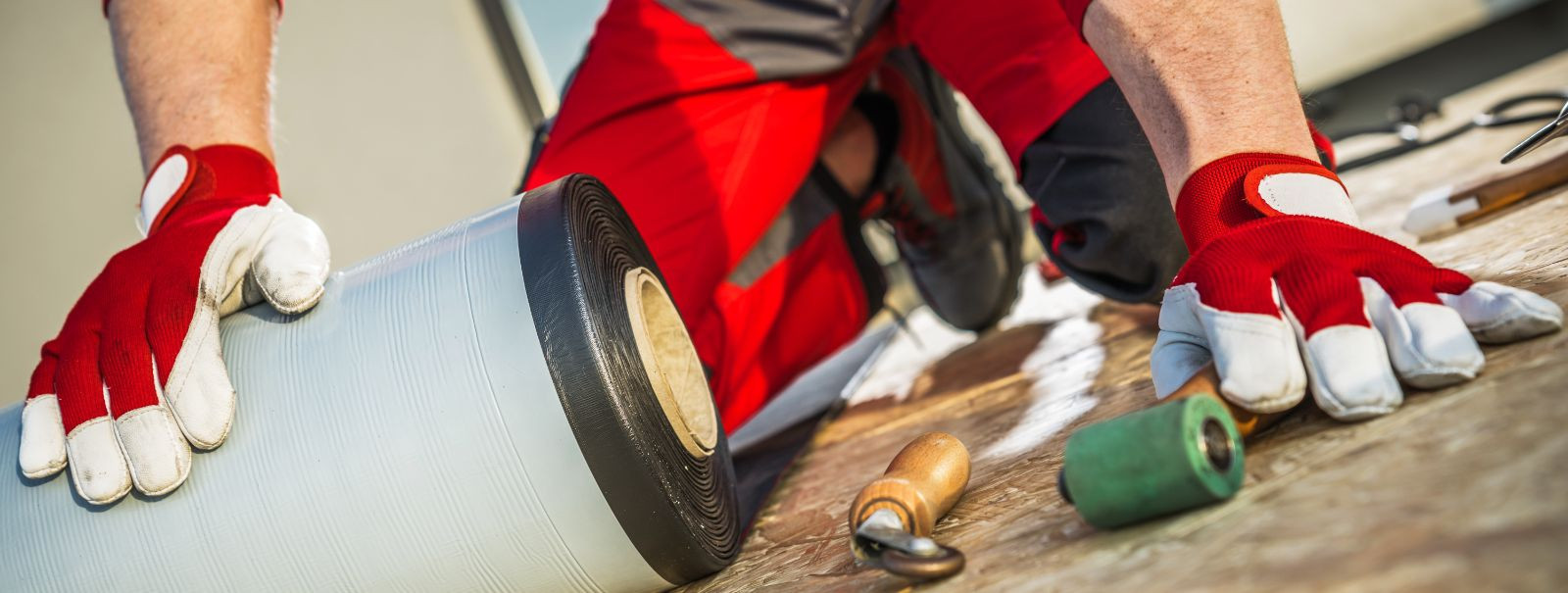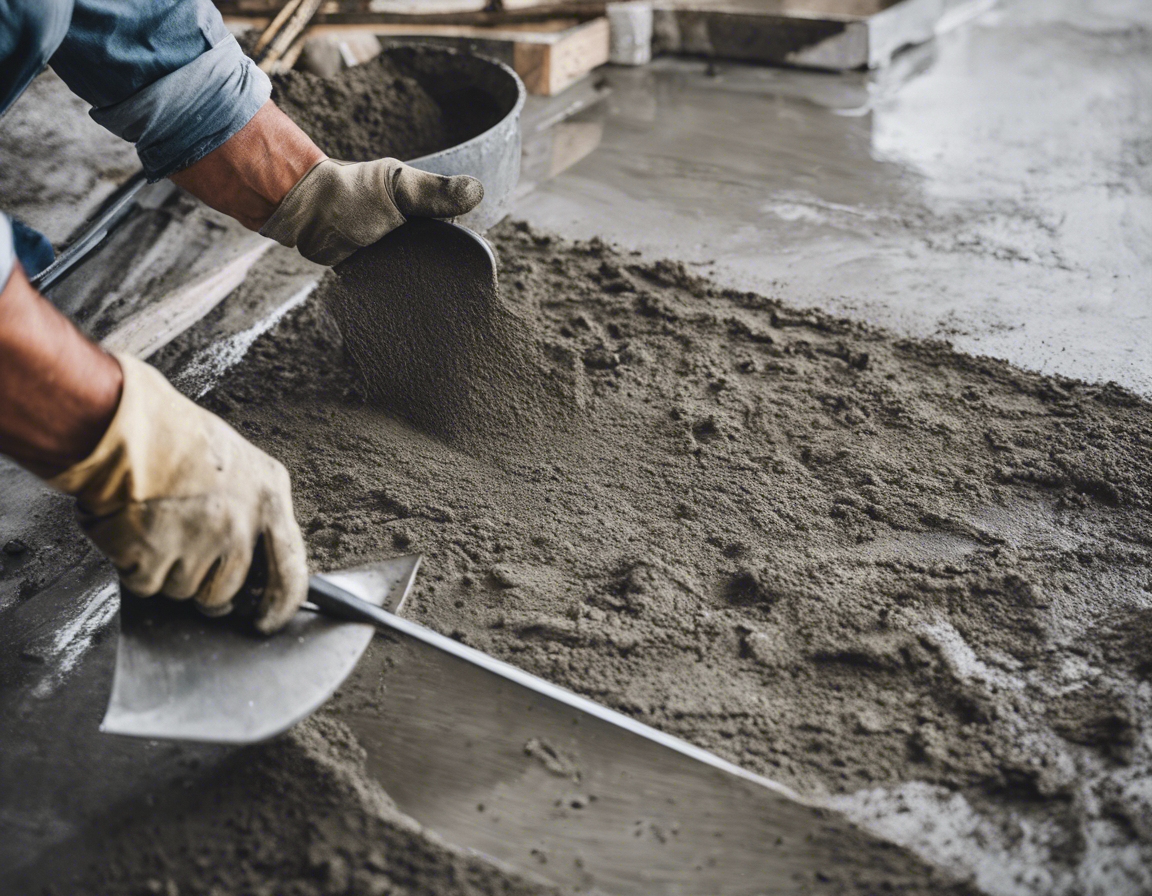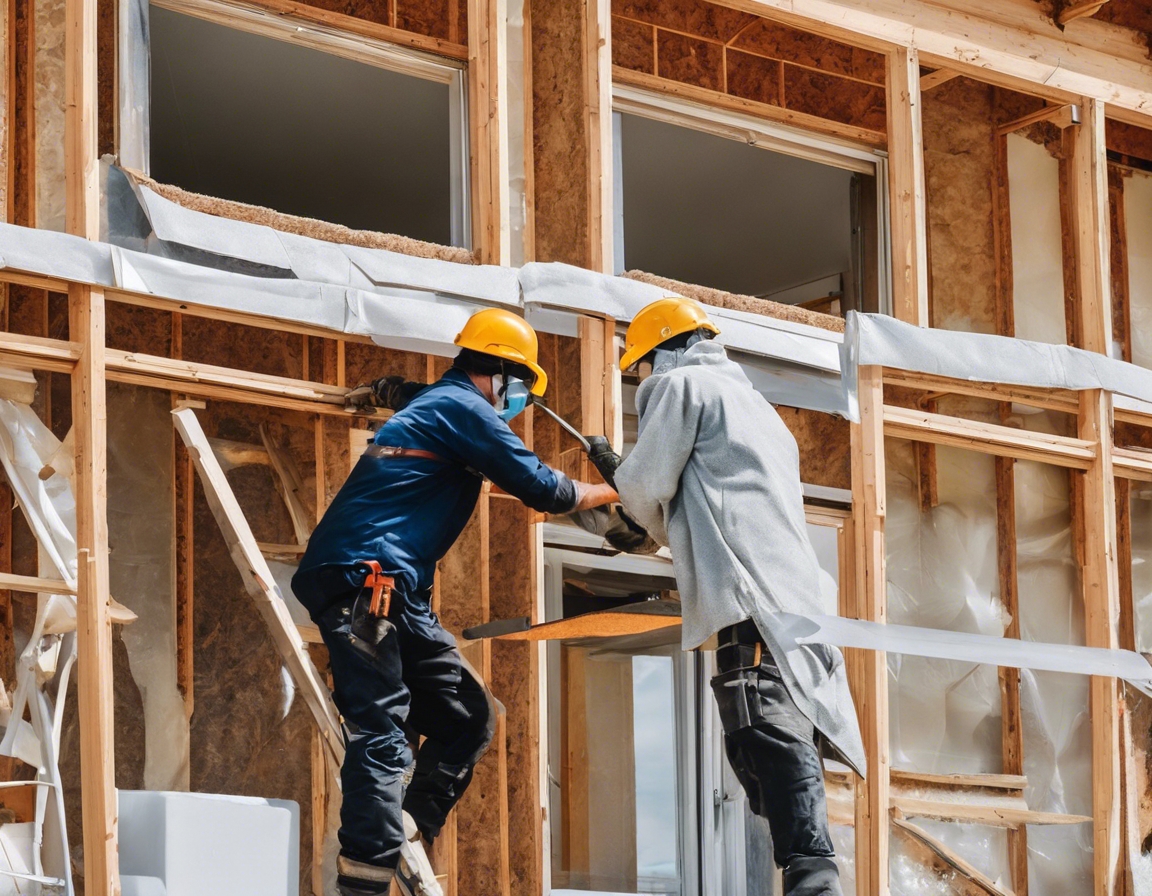The future of roofing: trends and innovations
The roofing industry has come a long way from the traditional clay tiles and wooden shingles of the past. Today, the market is brimming with innovative materials and cutting-edge technologies designed to improve the durability, efficiency, and aesthetic appeal of roofs. As we look to the future, it's clear that the roofing sector will continue to evolve, driven by the demands of modern architecture and the pressing need for sustainable building practices.
Roofs play a critical role in the overall design and functionality of buildings. They not only protect occupants from the elements but also contribute significantly to a building's energy efficiency. With the growing emphasis on sustainability, roofing systems are increasingly being designed to reduce energy consumption and mitigate the environmental impact of construction.
Emerging Trends in Roofing
One of the most significant trends in roofing is the shift towards eco-friendly materials. These materials are designed to be recyclable, biodegradable, or made from renewable resources, reducing the carbon footprint of buildings. From recycled metal roofs to shingles made from reclaimed plastic, the options for sustainable roofing materials are expanding.
Green roofs, also known as living roofs, are gaining popularity for their ability to improve air quality, provide natural insulation, and support biodiversity. These roofs are partially or completely covered with vegetation, which can help manage stormwater runoff and reduce urban heat islands.
Integrating solar panels into roofing materials is a game-changer for energy production and sustainability. Solar roofs can generate clean energy while maintaining the aesthetic integrity of buildings. Innovations in solar roofing include thin-film photovoltaic cells that can be seamlessly integrated into shingles or tiles.
Smart roofing technology is revolutionizing the way roofs are monitored and maintained. Sensors embedded in roofing materials can detect leaks, measure temperature fluctuations, and assess the overall condition of the roof. This data can be used to optimize maintenance schedules and prevent costly repairs.
Innovations in Roofing Materials and Design
Composite roofing materials, which combine various substances to enhance strength and durability, are becoming more prevalent. These materials offer superior resistance to weathering, UV radiation, and physical impacts, making them ideal for regions with harsh climate conditions.
The advent of 3D printing technology in the construction industry has opened up new possibilities for roofing. Customized roofing components can be printed on-demand, reducing waste and allowing for complex, bespoke designs that were previously impossible or too costly to achieve.
Modular and prefabricated roofing systems are streamlining the construction process. These systems are manufactured off-site and assembled quickly on-site, reducing construction time and labor costs. They also offer a high degree of precision and quality control.
As extreme weather events become more common, roofing designs are adapting to withstand high winds and hurricanes. Aerodynamic shapes and wind-resistant materials are being developed to minimize damage and ensure the safety of buildings and their occupants.
Roofing for Extreme Weather and Climate Change
Materials that offer enhanced durability and longevity are in high demand, particularly in areas prone to severe weather. Innovations in roofing materials aim to extend the lifespan of roofs while maintaining their performance over time.
Effective insulation is essential for maintaining a comfortable indoor climate and reducing energy costs. New roofing materials and designs are focusing on improved thermal regulation, helping buildings stay cool in summer and warm in winter.
Advanced waterproofing techniques and materials are critical for protecting buildings from water damage. Innovations in this area include breathable membranes that allow moisture to escape while preventing water ingress, enhancing the overall health of the building envelope.
Regulatory Impact and Building Codes
As the roofing industry evolves, international building codes and standards are being updated to reflect new technologies and practices. These regulations ensure that roofing systems meet safety, performance, and environmental criteria.
Local building codes also play a significant role in shaping the future of roofing. Compliance with these regulations is essential for construction projects, and roofing systems must be designed to meet specific regional requirements.






Comments (0)